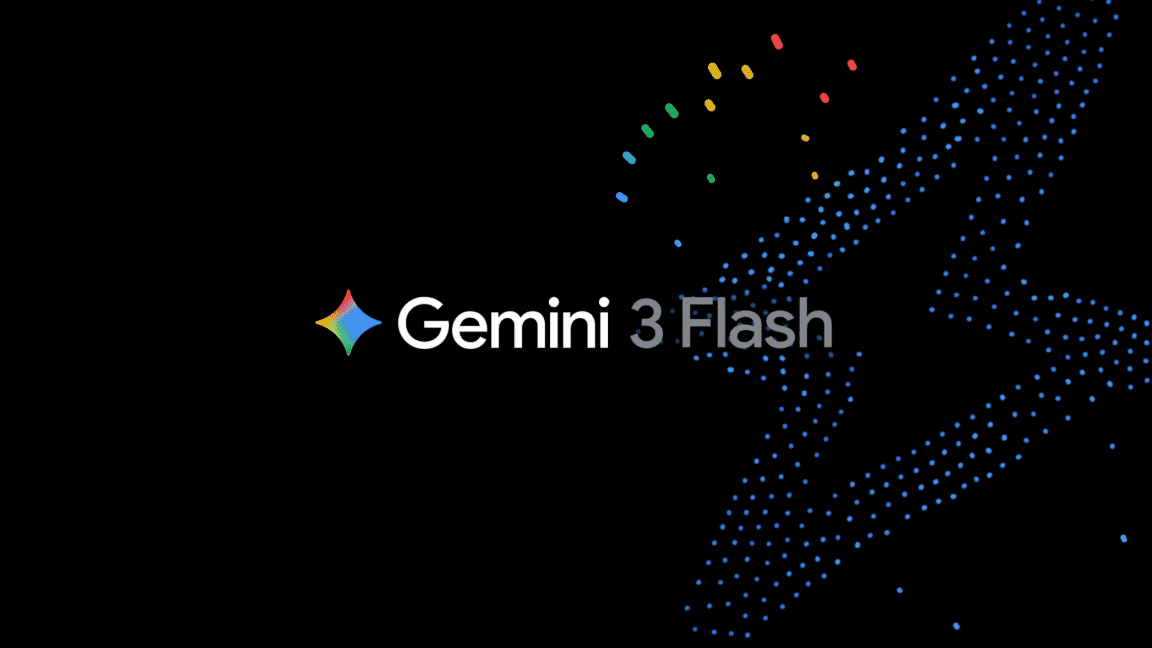Bhashini: India's New Digital Public Infrastructure for Language Translation
2 Sources
2 Sources
[1]
Bhashini Signs MoU with New Media Wing of Ministry of I&B for Indian Languages Translation
The partnership will focus on language translation services, encompassing translation into 12 languages, text-to-text, text-to-speech, speech-to-text, audio localisation, live video/audio translation, and subtitling. The Digital India Bhashini Division (DIBD) and the New Media Wing (NMW) of the Ministry of Information and Broadcasting (Ministry of I&B) have signed an MoU to collaborate on several crucial areas in the language translation services space. The partnership will focus on language translation services, encompassing translation into 12 languages, text-to-text, text-to-speech, speech-to-text, audio localisation, live video/audio translation, and subtitling. Under the agreement, NMW's AI-driven Communication Hub will provide DIBD with comprehensive datasets in text, audio, and video formats. These datasets will be instrumental in enhancing the accuracy, efficiency, and quality of DIBD's translation services. Furthermore, DIBD will train AI models using these datasets to address the needs of the Ministry of I&B and Media Units. The collaboration also aims to jointly develop advanced language translation and transliteration technologies, introducing innovative features and functionalities to existing systems. Additionally, both DIBD and NMW will establish rigorous quality assurance processes to identify and correct errors and inconsistencies throughout the translation process. This strategic partnership marks a significant step towards improving language translation services and ensuring high-quality communication in multiple languages across various media platforms. Recently, IISc AI and Robotics Technology Park (ARTPARK) also open-sourced 16,000 hours of spontaneous speech data from 80 districts as part of Project Vaani, under the Ministry of Electronics and Information Technology's flagship AI initiative, Bhashini.
[2]
After Aadhaar and UPI, This New Digital Public Infrastructure Will Change How Indians Communicate
"We should have a product like Bhashini in France," said Hélène Quintin, CEO of the KERU project from France. "While most of us have an Aadhaar card, have used UPI, and may have heard of AA, OCEN, or NDHM, there is one new Digital Public Infrastructure (DPI) that is quickly gaining traction: Bhashini," posted Rahul Mathur, associate vice president of DeVC, on X, talking about Bhashini. Bhashini, translated Finance Minister Nirmala Sitharaman's Union Budget 2024 speech into Hindi in real-time. "UPI is the DPI which we use the most (at max a few times per day). But, we use language MUCH more than we use payments. Bhashini can be used even more than UPI if it is successfully adopted across consumer (B2C) and business (B2B) use-cases," he added. Most recently, as part of Project Vaani, led by the Ministry of Electronics and Information Technology, Bhashini, in partnership with the Indian Institute of Science (IISc) and AI and Robotics Technology Park (ARTPARK) announced plans to open-source 16,000 hours of spontaneous speech data from 80 districts. Launched by Indian Prime Minister Narendra Modi on July 29, 2022, Bhashini is a key component of India's National Language Translation Mission (NLTM). It focuses on developing and providing tools and resources for language technologies, including speech recognition, translation, and natural language processing. The goal is to enhance accessibility and inclusivity for users across different languages and regions in India. "We are a government service built under government funding," said Bhashini chief Amitabh Nag in a previous interaction with AIM, emphasising the non-political nature of the initiative. "We should have a product like Bhashini in France," said Hélène Quintin, CEO of the KERU project from France, who visited the Digital India Experience Zone at the 46th World Heritage Committee Meeting at Bharat Mandapam. On his recent visit to India, OpenAI Vice President Srinivas Narayanan praised Bhashini for its efforts in addressing language barriers during the inaugural ceremony at the Global India AI Summit. "Language barriers are one of the challenges for large language models, and this is an area we have been working on. We want to applaud the government's efforts with Bhashini," he said. He also suggested that OpenAI might explore a partnership with Bhashini to access Indic data. OpenAI is expanding its presence in India and recently hired Pragya Misra as its first employee in the country. Misra will serve as the head of government relations to engage with the Indian government and create a conducive environment for OpenAI to operate in India smoothly. In India, several startups are using datasets created by Bhashini. For instance, Bengaluru-based startup KOGO AI is building multilingual AI agents in partnership with Bhashini. Bhashini has launched a crowdsourcing initiative called Bhasha Daan to collect voice and text data in multiple Indian languages, where anyone can contribute. Bhashini in collaboration with Nasscom has launched the "Be our Sahayogi" program on National Technology Day to crowdsource multilingual AI problem statements. A few months ago, Snapdeal signed a Memorandum of Understanding (MoU) with Bhashini to develop products and services that enhance language translation capabilities, promoting digital inclusivity throughout India. The Indian Railways recently upgraded its RailMadad grievance portal, incorporating advanced multilingual capabilities and cutting-edge text and speech recognition features powered by Bhashini. These enhancements enable travelers to easily inquire about tickets, track bookings, and resolve grievances. IRCTC's chatbot, AskDISHA, developed by Corover.ai, is also using Bhashini. The Reserve Bank of India (RBI) is also considering integrating voice commands into the Unified Payments Interface (UPI), leveraging Bhashini's capabilities. This initiative will enable users to make payments using a voice interface in both English and Hindi, with more languages planned for future inclusion. "If you can do voice-based payment, UPI will go through the roof," said Pramod Varma, chief architect of Aadhaar in an exclusive interview with AIM. Earlier this year, AI4Bharat released the IndicVoices dataset, which includes 7,348 hours of natural and spontaneous speech from 16,237 speakers across 145 Indian districts and 22 languages. This project was funded by Bhashini. Last year, Bhashini released IndicTrans2, an open-source, transformer-based multilingual neural machine translation (NMT) model that facilitates high-quality translation across all 22 scheduled Indian languages. In India, several AI startups believe that voice will become the primary interface for interacting with computers. Earlier this year, during Microsoft Chief Satya Nadella's visit to India, he announced a partnership with Sarvam AI, which is developing an Indic voice LLM set to be released in the coming months. "We believe that in India, people will experience generative AI through the medium of voice," said Vivek Raghavan, founder of Sarvam AI, in an exclusive interview with AIM. He noted that inputting text in Indian languages can be challenging and that people in India generally prefer voice communication over text. Similarly, Varma believes that India's future is voice-based AI. "Indian entrepreneurs should really look at voice as a completely new human-computer interaction method. It could be very powerful, and I think it's gonna happen because voice is natural to humans," he said. Bhashini offers a range of services, with APIs available on the National Platform for Language Technology. These APIs provide services such as machine translation, speech-to-text, and text-to-speech. "This language technology hub provides modern service APIs to various enterprises. It receives about 100,000 hits per day, and that is where customers might have their own applications," said Nag. "The second [aspect] is the Bhashini app, which is targeted towards end-users looking to translate either text or have voice-to-voice discussions," he added Bhashini has been consistently adding new features to its app. Recently, it introduced the Next-Gen Multilingual Audiobook Converter, which effortlessly converts diverse texts into audiobooks, offering users a personalized, accessible, and language barrier-free reading experience. The app also has the OCR feature, called SCENE, in its beta version, allowing users to seamlessly extract text and enhance accessibility along with the Browse feature facilitating effortless website translation. "Additionally, we have another web service called Anuvaad, which handles translation," said Nag. Anuvaad, much like Google Translate, is a web and mobile application that enables users to translate text between 22 Indian languages and English. Bhashini has approximately 200 translators working in the field and collecting digital data. "We have established a straight integrated pipeline in one of our research institutes at IIT Madras, in collaboration with AI4 Bharat. Here, data is collected, curated, annotated, and labeled to train AI models. We also have a specially funded mechanism to create the digital data," said Nag. Moreover, Nag told AIM that Bhashini is collaborating with Karya, one of the world's first data cooperatives that offers labeling and annotation services. Karya is known for constructing datasets for firms like Microsoft and Google, which are used in AI models for education, healthcare, and other services. "We lack digital data on low-resource languages, such as Bodo or Sindhi. For these languages, we approach individuals proficient in both Bodo and English," he said, explaining that they help create a training dataset by providing parallel text in English corresponding to the content written in Bodo.
Share
Share
Copy Link
Bhashini, India's AI-powered language translation platform, signs MoU with the New Media Wing of the Ministry of Information and Broadcasting to enhance multilingual communication across government platforms.

Bhashini's Collaboration with Government Media
In a significant move towards enhancing multilingual communication in India, Bhashini, the country's AI-powered language translation platform, has signed a Memorandum of Understanding (MoU) with the New Media Wing of the Ministry of Information and Broadcasting
1
. This partnership aims to facilitate the translation of government content into various Indian languages, making information more accessible to a diverse population.The Vision Behind Bhashini
Bhashini is being hailed as India's next major digital public infrastructure, following the success of Aadhaar and UPI
2
. The platform is designed to break language barriers and enable seamless communication across India's linguistically diverse landscape. By leveraging advanced AI and machine learning technologies, Bhashini aims to provide real-time translation services for text, speech, and video content.Impact on Government Communication
The collaboration between Bhashini and the New Media Wing is expected to revolutionize how government information is disseminated. By translating content into multiple Indian languages, the initiative will ensure that critical information reaches citizens in their preferred language, thereby increasing government transparency and citizen engagement
1
.Technological Framework
Bhashini utilizes a sophisticated AI-driven system that combines natural language processing, machine translation, and deep learning algorithms. The platform is designed to understand context, idiomatic expressions, and cultural nuances, ensuring high-quality translations across various Indian languages
2
.Related Stories
Potential Applications and Benefits
Beyond government communications, Bhashini has the potential to transform various sectors:
- Education: Enabling access to learning materials in multiple languages.
- Healthcare: Facilitating better communication between healthcare providers and patients.
- E-commerce: Allowing businesses to reach customers in their native languages.
- Media and Entertainment: Supporting the creation and distribution of multilingual content.
Challenges and Future Prospects
While Bhashini presents immense opportunities, it also faces challenges such as maintaining accuracy across diverse linguistic structures and dialects. The platform's success will depend on continuous improvement of its AI models and collaboration with linguistic experts across India.
As Bhashini continues to evolve, it is poised to play a crucial role in India's digital ecosystem, potentially transforming how over 1.3 billion people communicate across language barriers
2
.References
Summarized by
Navi
Related Stories
India's Parliament Embraces AI: Lok Sabha and MeitY Launch 'Sansad Bhashini' for Multilingual Operations
19 Mar 2025•Technology

BharatGen: India Launches First Indigenous Multimodal AI Language Model
03 Jun 2025•Technology

AI4Bharat's Ten Trillion Token Project: Powering AI for Indian Languages
09 Mar 2025•Technology

Recent Highlights
1
Google launches Gemini 3 Flash as default AI model, delivering speed with Pro-grade reasoning
Technology

2
OpenAI launches GPT Image 1.5 as AI image generator war with Google intensifies
Technology

3
OpenAI launches ChatGPT app store, opening doors for third-party developers to build AI-powered apps
Technology





